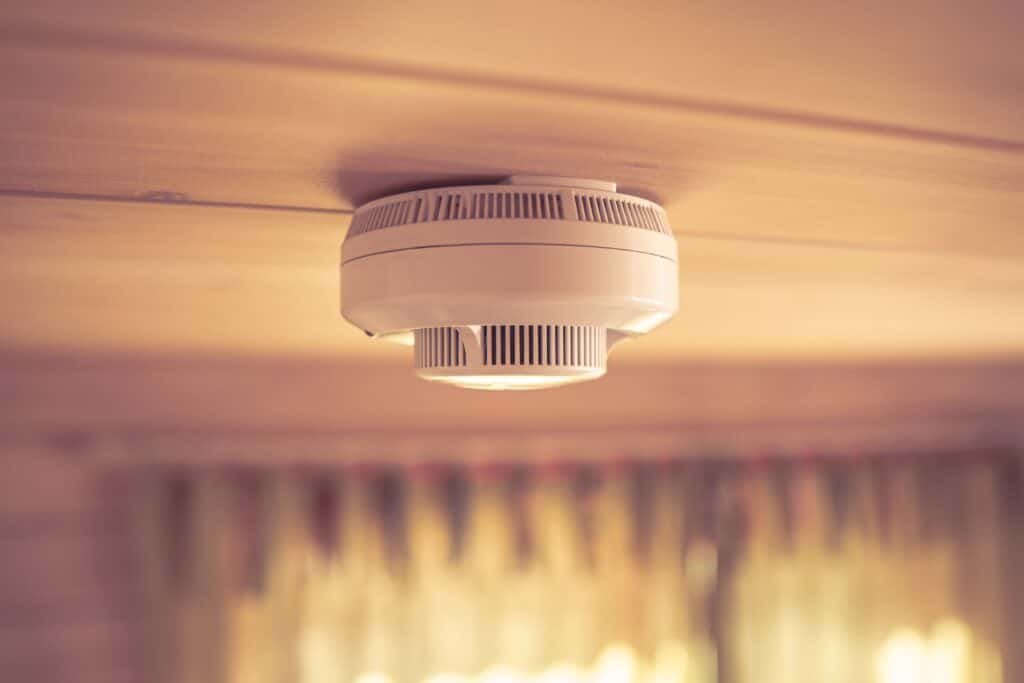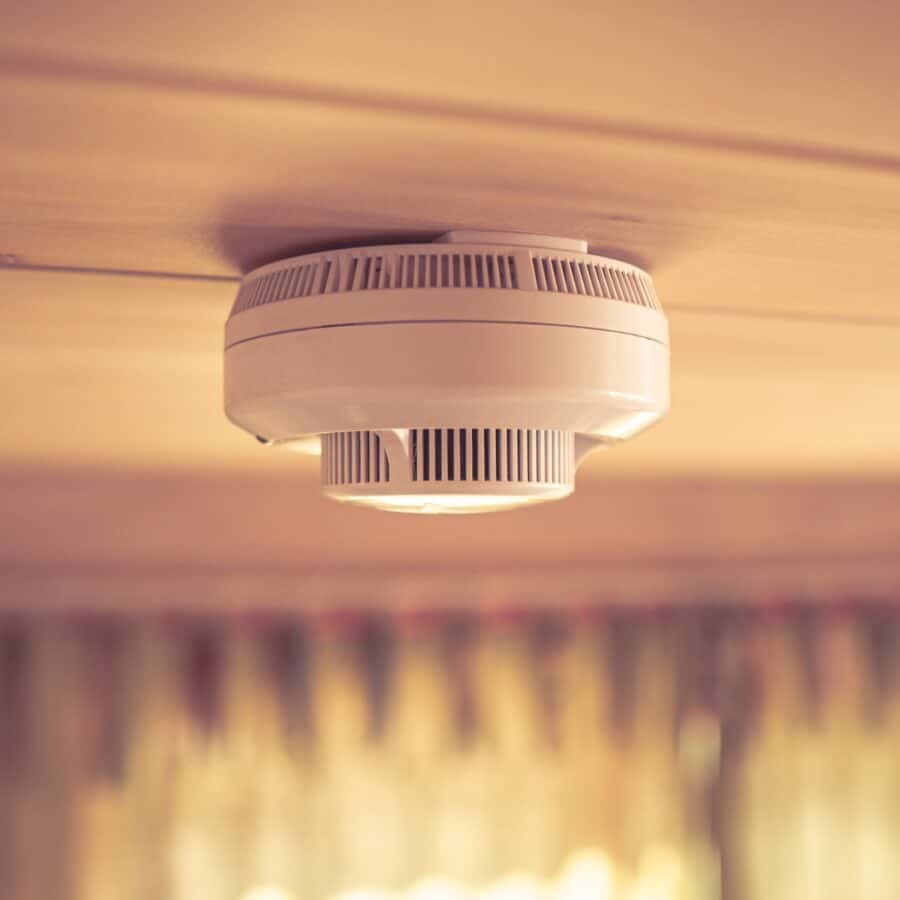The United States Environmental Protection Agency (EPA)’s instructions about placing a CO monitor note that the amount of time it takes for carbon monoxide (CO) to leave an enclosed space, like your home, depends upon how much fresh air is flowing through the home. For starters, any source of the CO must be turned off. Next, all windows and doors must be opened to facilitate airflow and dissipate the CO. Carbon monoxide is lighter than air, and it will gradually flow from the enclosed space to the open atmosphere.
However, once carbon monoxide enters your body, it will last longer than you may realize. We shall explore the effects of how long carbon monoxide lasts in your body here.

A Challenging Half-Life
After you inhale carbon monoxide, it attaches to hemoglobin proteins in your blood. Hemoglobin’s job is to bind oxygen from your lungs and then transport the oxygen to where it is needed in your body. But the CO in your body binds more easily to the hemoglobin than oxygen does, and so it effectively takes the place that oxygen would have used to travel, leaving the oxygen with no way to get to your heart, brain, and other cells.
Now that the CO has attached to the hemoglobin, the two together form carboxyhemoglobin. The attraction between CO and hemoglobin is so strong that the hemoglobin will not release the CO, as it would oxygen.
Carboxyhemoglobin needs to dissipate for your oxygen to once again travel as it should. Carboxyhemoglobin has a half-life of four hours, according to the Iowa State University Department of Agricultural and Biosystems Engineering’s study on the health effects of CO Poisoning. Whatever amount you have in your system, it will take four hours to eliminate half of it. You now have half the original amount of CO left in your system. It will take an additional four hours for the reminder to be reduced by half again, and the equation repeats accordingly.
Treatments Work to Deliver Oxygen
The most important thing to do after being exposed to carbon monoxide is to leave the environment as quickly as possible. You need to reduce the amount of CO in your body in order to minimize the risk, as the effects of CO are cumulative.
After leaving the CO-infused area, you should go to a medical laboratory to be tested for carbon monoxide in your system (more on this later). If CO is detected, you will need to receive treatment as soon as possible. Mayo Clinic article on hyperbaric oxygen therapy, notes that one treatment for CO poisoning involves placing you in a hyperbaric chamber. While in this chamber, you will receive oxygen at three times the regular air pressure you normally would, so the extra oxygen can feed your brain and other organs that need it.
Symptoms May Continue
Unfortunately, if you ingested enough carbon monoxide to make you lose consciousness, it is likely that you will experience relapses of CO poisoning symptoms for weeks. Among these symptoms are:
- Fatigue
- Memory loss
- Irrational behavior
- Irritability
- Inability to think clearly
- Headaches
If you have ingested overwhelming quantities of carbon monoxide, or you fail to receive treatment quickly, you could suffer permanent organ and brain damage.
Get Yourself Tested for CO Poisoning
You should get tested for CO poisoning with utmost urgency following exposure to carbon monoxide. A medical laboratory can perform a blood test to check for carboxyhemoglobin, but this test is not always truly representative of your exposure. Many medical providers will want to conduct neurological assessment tests involving simple mental and physical challenges to gauge whether you have suffered signs of brain injury or other harm from your exposure.


